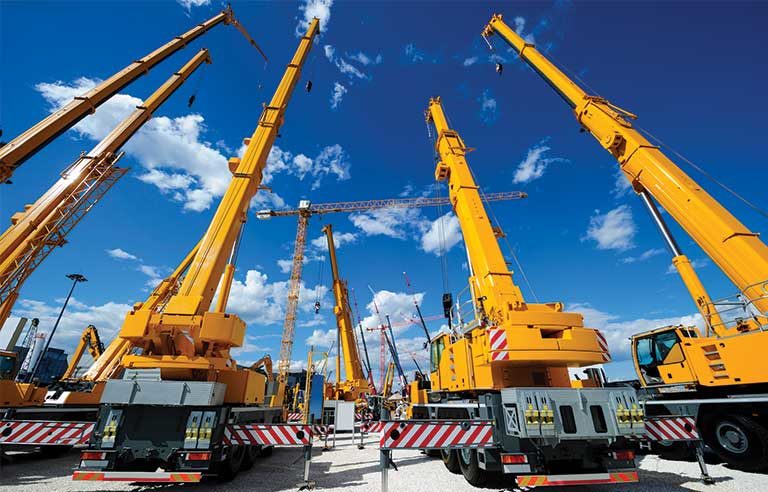NIST researchers unveil mathematic formula for safe crane operation

Gaithersburg, MD — Using an equation they derived while studying the “motion of a so-called torsional pendulum,” researchers from the National Institute of Standards and Technology have found a “surprising link” between the equation and the work of crane operators on construction sites.
A crane’s cable and its load can be modeled as a vertical pendulum that moves to and fro in a manner similar to the way a torsional pendulum twists and untwists, an NIST press release explains. Using their equation, the researchers found that they can predict the timing and strength that operators need to apply to the crane trolley – the wheeled mechanism that moves loads horizontally along a rail.
“Swing a 1,000-pound chunk of steel too fast or too far and someone can get killed,” the researchers say in the release. “But in just two carefully choreographed maneuvers, a skilled crane operator can pick up a heavy load and bring it to a dead stop, without any dangerous swinging, to exactly the right destination.”
The equation can help operators maneuver loads at rest and moving a “relatively short distance,” loads at rest that are moving tens of meters, or loads that are swinging independent of the crane.
“Although veteran crane operators instinctively know about the strategies the NIST researchers developed, and computerized control of the trolley incorporates these motions, this appears to be the first time the crane maneuvers have been described by a mathematical formalism,” the researchers say.
“This is really a rich application that is worth sharing with the world,” researcher and physicist Stephan Schlamminger added.
The “lighthearted” study, “The crane operator’s trick and other shenanigans with a pendulum,” was published online Feb. 17 in the American Journal of Physics.
Post a comment to this article
Safety+Health welcomes comments that promote respectful dialogue. Please stay on topic. Comments that contain personal attacks, profanity or abusive language – or those aggressively promoting products or services – will be removed. We reserve the right to determine which comments violate our comment policy. (Anonymous comments are welcome; merely skip the “name” field in the comment box. An email address is required but will not be included with your comment.)

